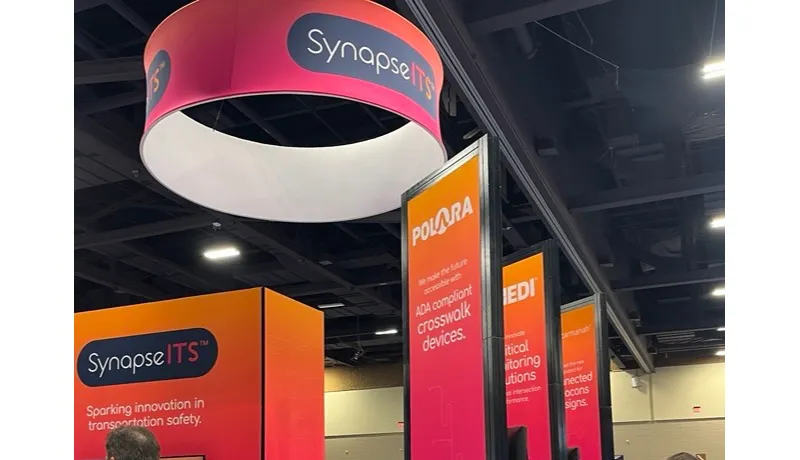McCain has unveiled its innovative railroad interface panel (RRIP), which it says boosts public safety and operational efficiencies at railroad crossings in adherence with the proposed regulations for the Federal Highway Administration (FHWA) standard.
The device serves as a single termination panel for railroad field wires and isolators in any traffic controller cabinet. Data collected from six inputs enables traffic agencies to easily monitor railroad status, initiate track clearances and place the sig
October 16, 2014
Read time: 2 mins
The device serves as a single termination panel for railroad field wires and isolators in any traffic controller cabinet. Data collected from six inputs enables traffic agencies to easily monitor railroad status, initiate track clearances and place the signal in flash should a fault occur.
Most railroad and traffic cabinet communications are manually wired in the field by traffic technicians, cumbersome task that easily translates into lengthy installations, maintenance and troubleshooting calls, which ultimately cost taxpayers money. McCain's RRIP reduces the time required to establish communications and allows technicians to visually confirm wiring accuracy with LED status indicators. In addition, having a single system citywide rather than custom wiring at each crossing, makes maintenance faster and more efficient.
"Modern technology enables more and more data to be gathered at railroad crossings," said Douglas Acker, hardware engineering manager at McCain Inc. "We are proud to introduce a simple, yet elegant solution to enable agencies to leverage that data while circumventing the age-old issues surrounding custom wiring at railroad crossings."










